Anton Seow's Coding Projects
Hi, I'm Anton! I enjoy building robots and using coding to solve real-world problems. Starting with block-based coding helped me understand how to control my robots and test new ideas. Later, I wanted to learn something more advanced, so I began using Python. Python showed me how to write my own programs and think in new ways. Combining robotics and Python makes me excited to create projects that can help others and make learning fun. I hope you enjoy seeing what I have built!
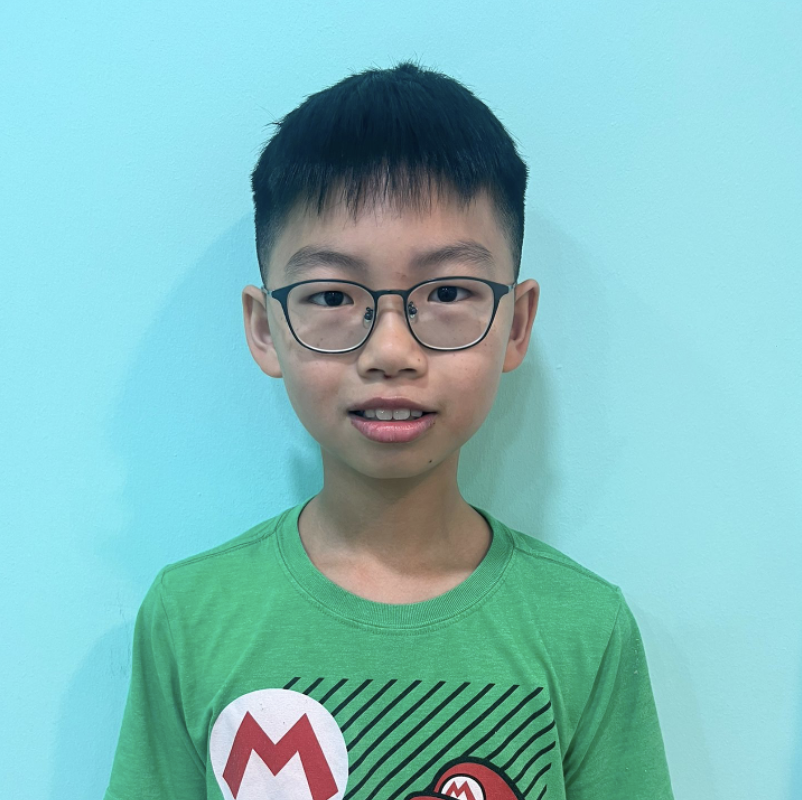
Touch Activated Ferris Wheel
I learnt how to use the LEGO technic parts to create different designs. Using the coding concept of conditionals (if-else), together with different sensors, I coded my designs to do certain actions only if a specific condition is met. Among many other projects, I created a ferris wheel that spins only if the touch sensor is activated.
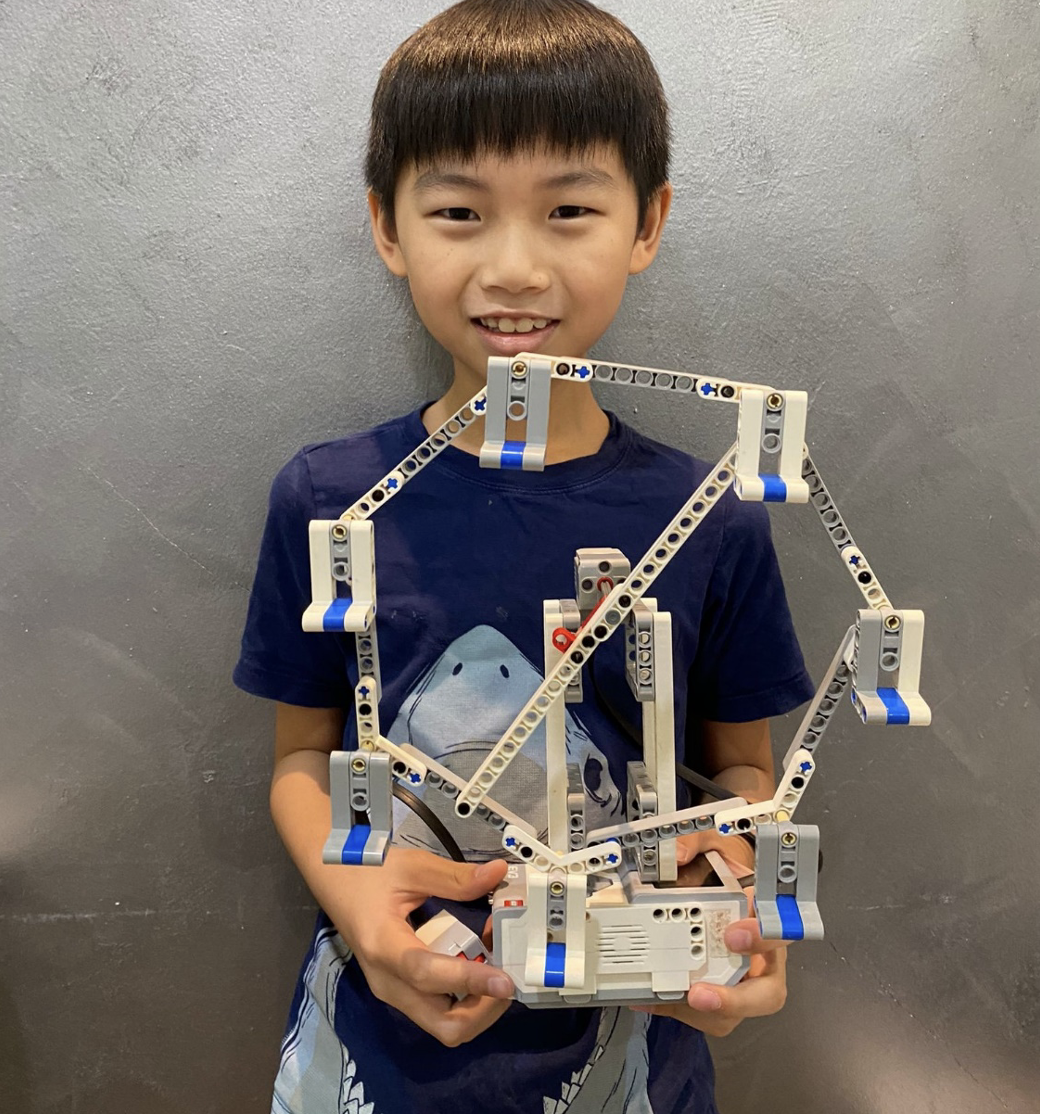
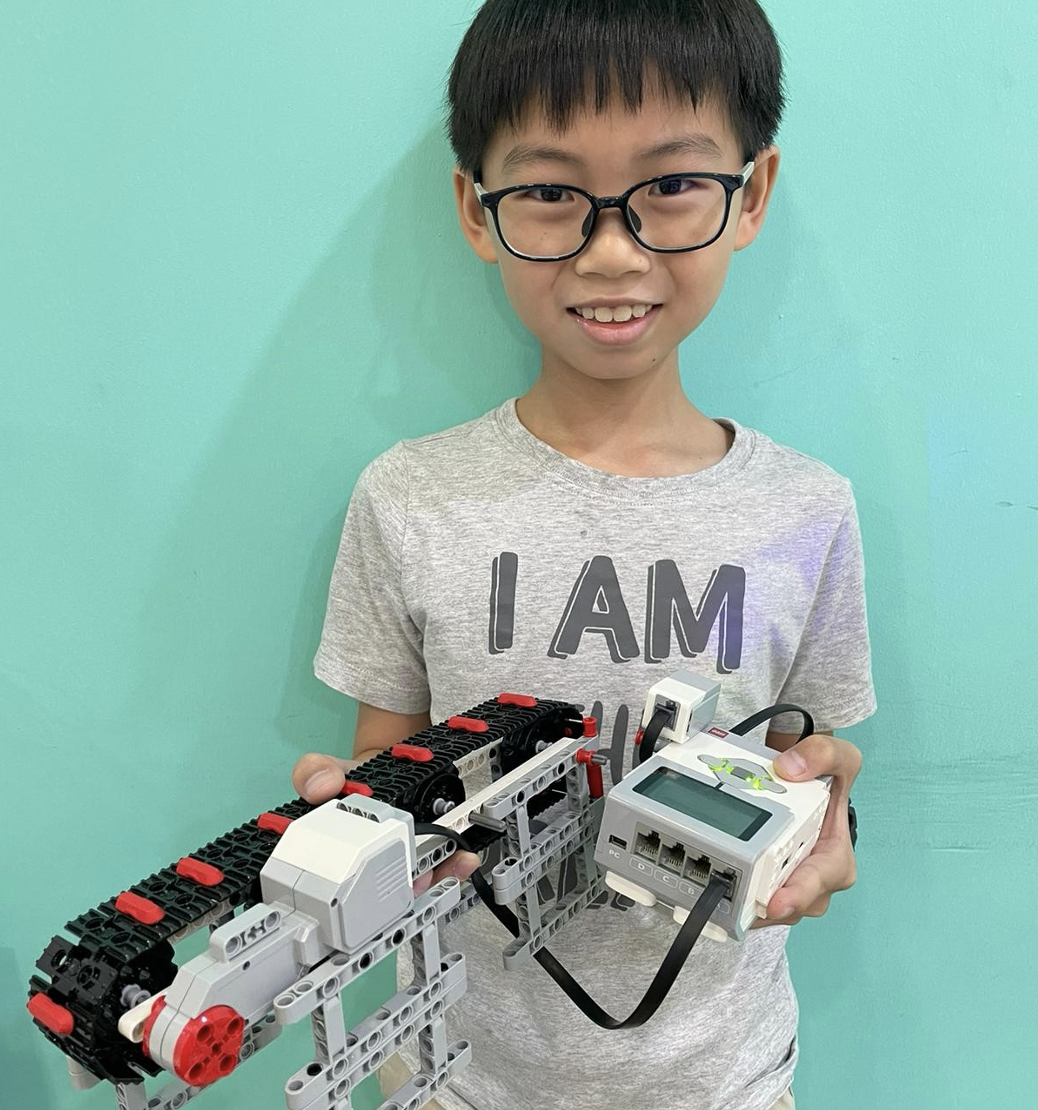
Colour Activated Sushi Belt
Using an ultrasonic sensor, I recreated a sushi belt that moves only if the colour sensor detects a specific colour!
Touch Activated Gripper
Having played at the arcade frequently, I decided to use the concepts and design skills to create a gripper that is activated to open and close only when touch sensor is activated. I could then recreate the arcade game of picking up and releasing anything at home.
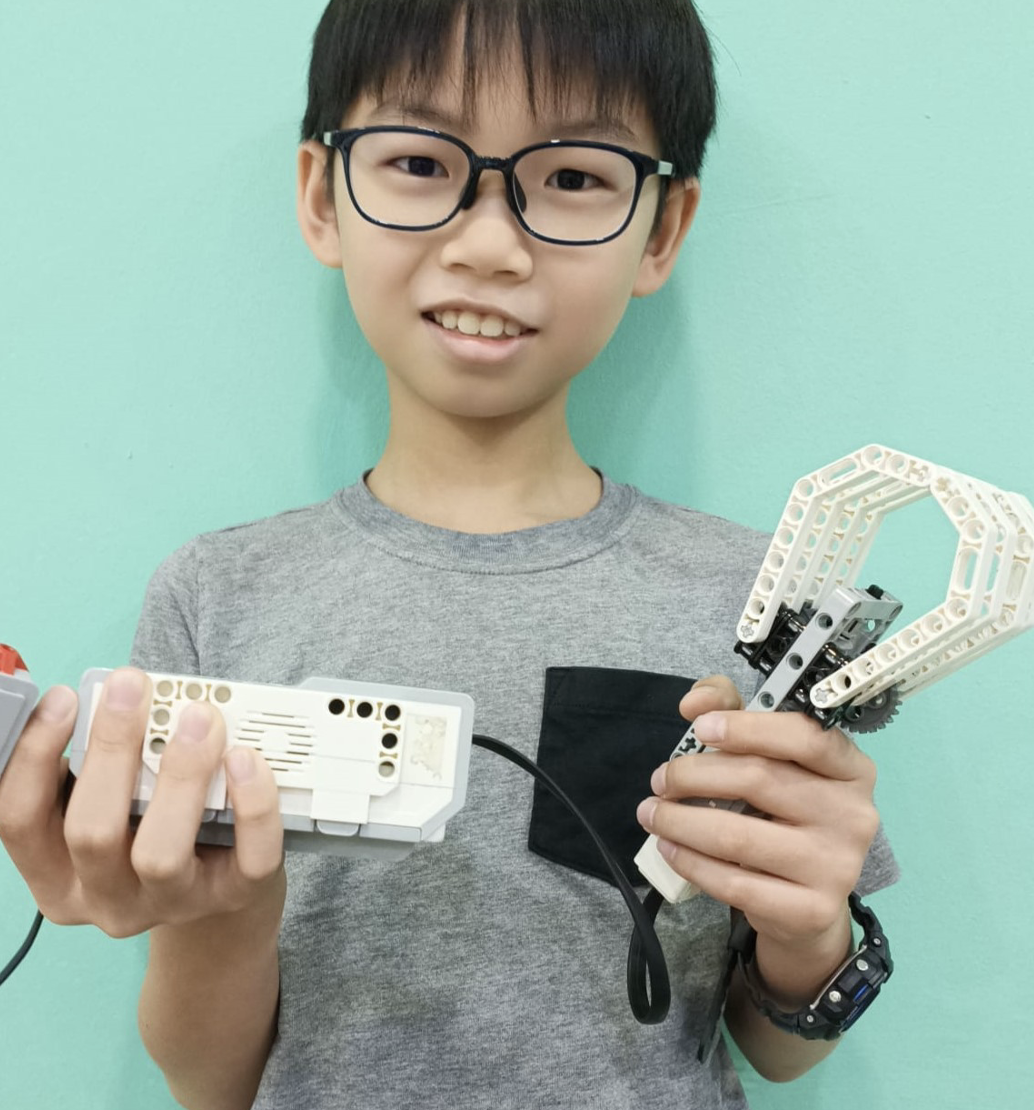
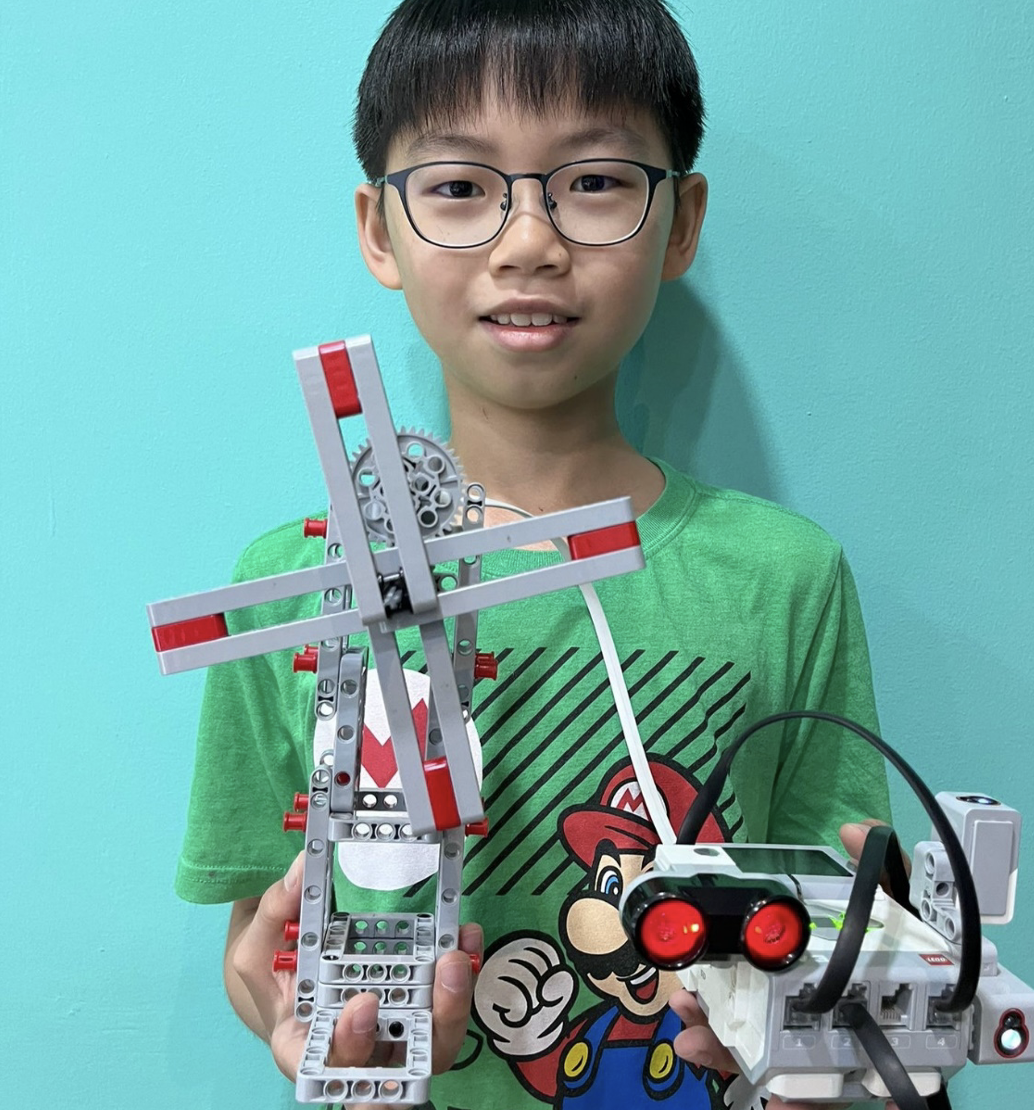
Sensor Activated Windmill
I created a motorized, sensor-activated windmill designed to reduce the need for manual operation. It automatically activates when a person approaches to begin work. The windmill will only stop when two specific colors are detected by the color sensor, a task controlled by the person in charge. This ensures that no one can tamper with the system.
Description:
In this project, I learned how to convert weight from pounds to kilograms by multiplying by a conversion factor. This is important because it teaches us how to change one unit of measurement to another so we can compare different types of data.
Diagram:
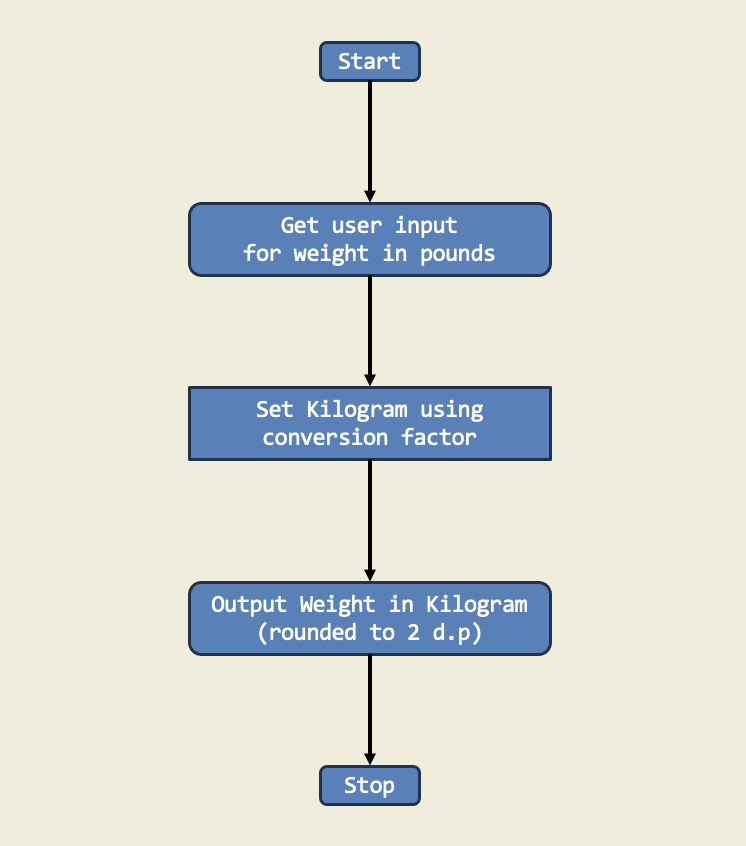
Trinket:
Description:
I designed a weather application. I developed a Python program that takes in the user's input for the current temperature in Celsius and classifies it into different categories: "Freezing," "Cold," "Moderate," and "Hot."
Diagram:
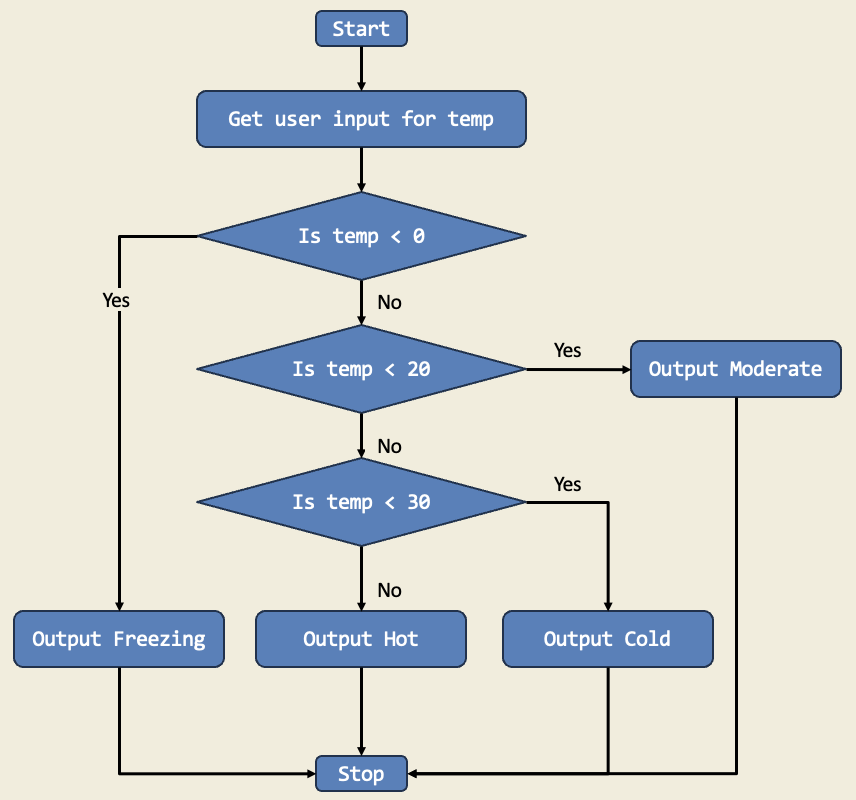
Trinket:
Description:
In this project, I used a for loop to count the number of vowels and consonants in a given string. The loop iterates through each character in the string, checking if it is a vowel or consonant, and updates the counts accordingly.
Diagram:
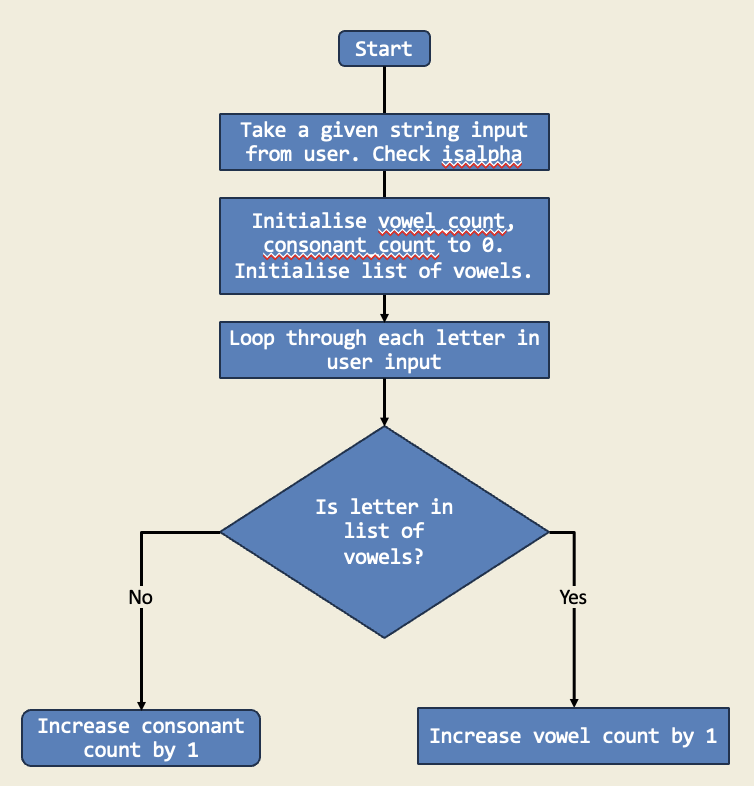
Trinket:
Description:
In this project, I built a countdown timer that uses a while loop to count down from a starting number until it reaches 1. This is important because it shows me how to repeat an action until a condition is met.
Diagram:
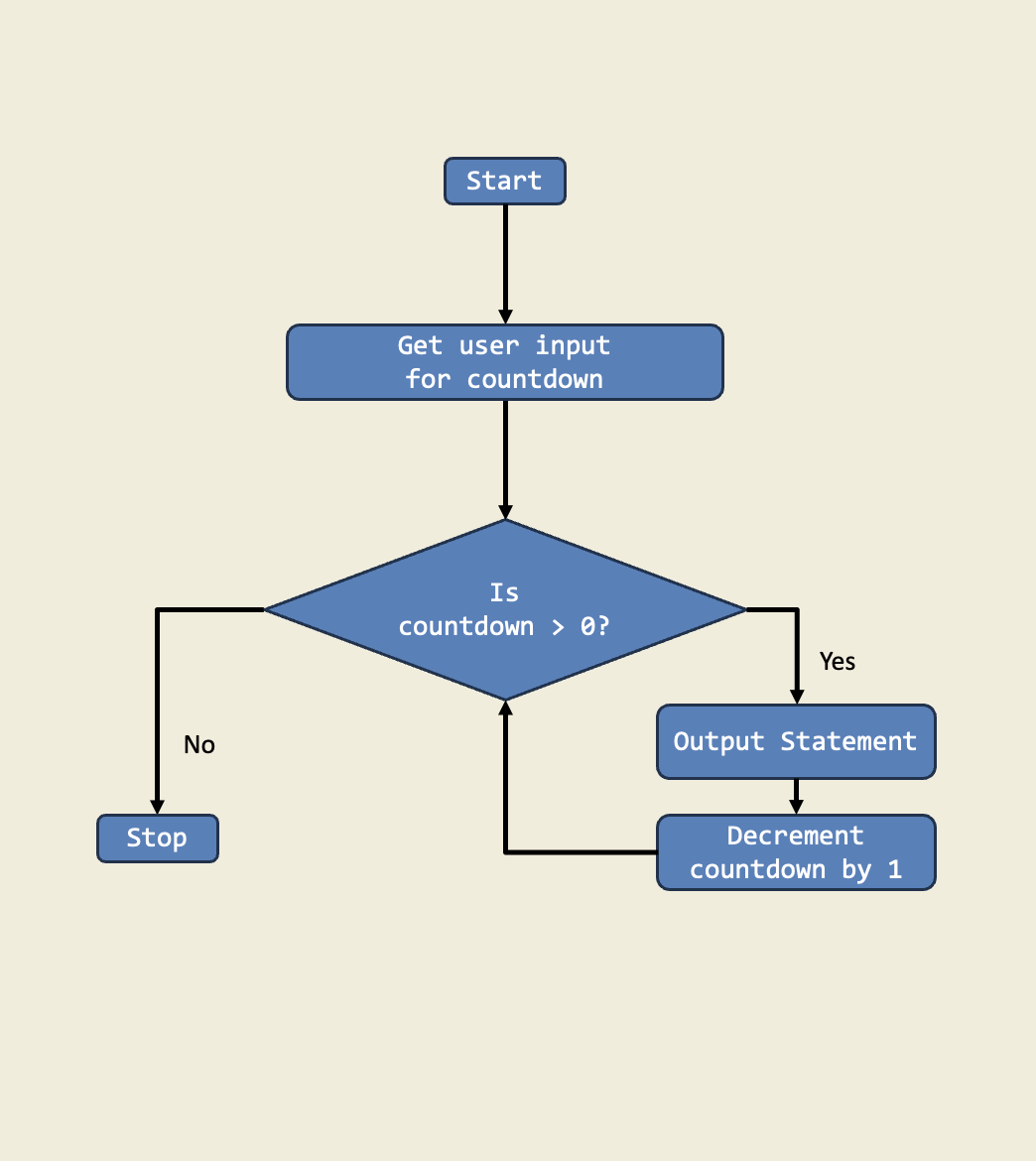
Trinket:
Description:
These certificates were awarded in recognition for the Antons’s outstanding performance in the World Robot Olympiad Singapore Nationals 2025, recognizing his skills in robotic challenges.

